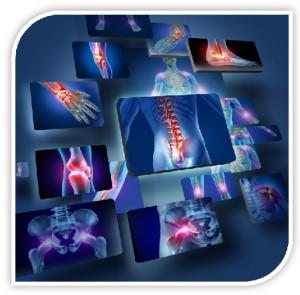Musculoskeletal counseling
Musculoskeletal pain and counseling are diseases of the MS system, which mostly include pain from the occupations, such as back pain, spine and upper and lower limbs. On the basis of an overall examination, using motion tests, it is possible to locate these pains and start appropriate therapy. Of course, therapy is an individual with the needs of the client and his daily active mode. Centralization and elimination of pain is a primary goal as well as an early return to a fully functional state.
Musculoskeletal disorders are one of the most common issues associated with work. Affecting millions of workers throughout Europe and cause employers to cost billions of euros. Tackling MSDs is helping to improve the lives of workers, but is also important from a business point of view.
Musculoskeletal disorders usually affect the back, neck, shoulders and upper limbs, but may also cover the legs. This term refers to any damage or disease of the joints and other tissues. Health problems range from minor pain after serious health problems that require absence from work and treatment. In chronic cases can lead to disability and the need to leave the job.
The two main forms of musculoskeletal disorders pain / back injury and upper limb disorders related to work (commonly known as “damage from repetitive strain”).
After consulting time to uncover false stereotypes (static or motion) that lead to pain, improper posture of the body or compensatory mechanisms in motion or static component normal daily activities.
Most of musculoskeletal disorders related to work evolves over time. Usually there is only one cause of musculoskeletal disorders. Often a combination of different factors.
Physical causes and organizational risk factors include:
- handling loads, especially during tilting and throwing torso
- repetitive or sudden movements
- awkward or static position
- vibration, poor lighting or cold working environments
- Work at a fast pace
- long sitting or standing in the same position
There is growing evidence that musculoskeletal disorders associated with psychosocial risk factors (especially in combination with physical risks) as, in particular:
- high job demands and low degree of autonomy
- low job satisfaction
Based on these findings, we learn either correct stereotypes and corrected with activation of certain muscle groups that were inactive and causing pain. The program can be tailored easily to correct these problems, but only if the exercises done correctly. Each such motion is also the therapy.
More information can be found also on the website


 Czech
Czech Deutsch
Deutsch
